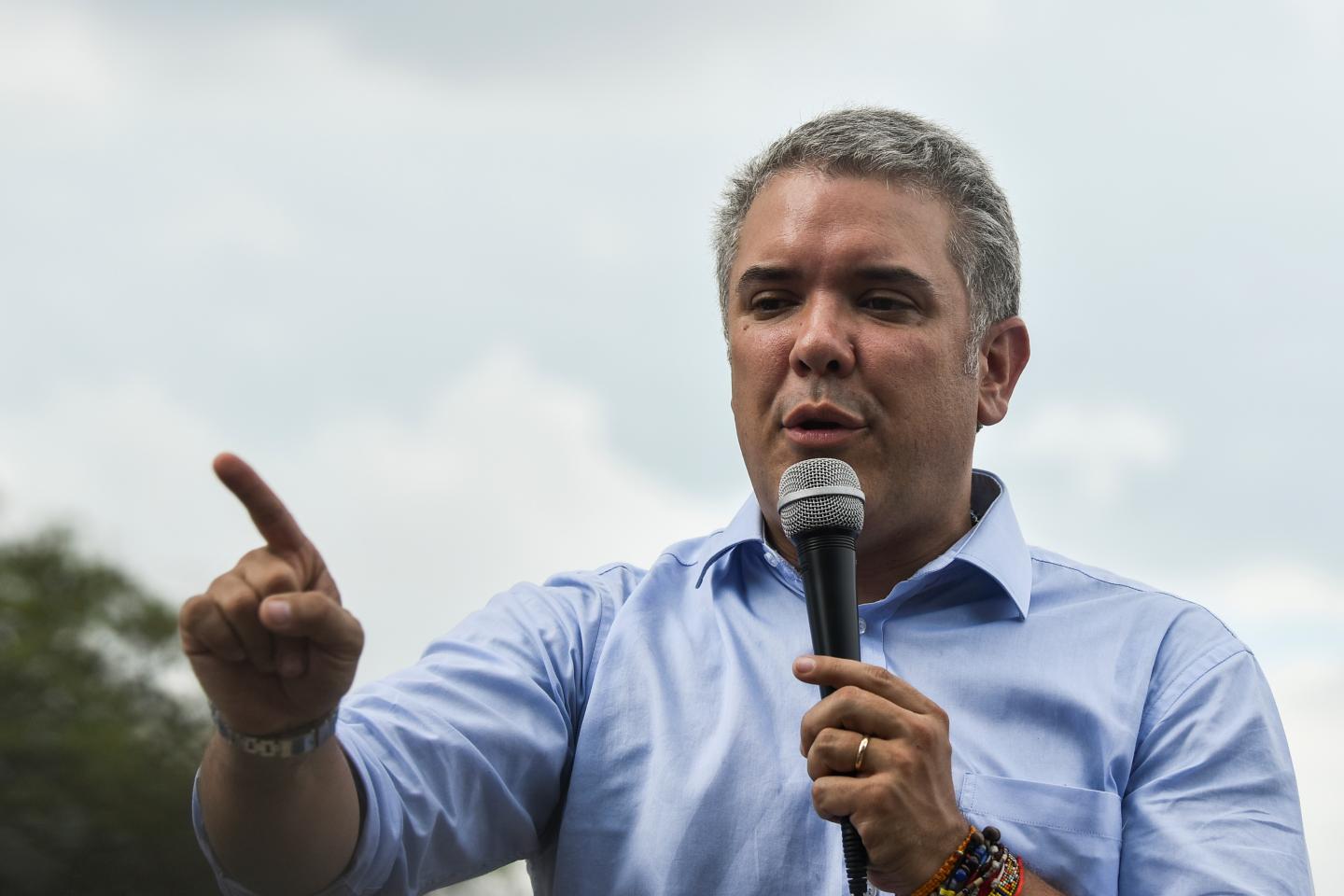
This article is more than
9 year oldMIAMI — The longest-running armed conflict in the Western Hemisphere is coming to a close as the Colombian government reached a historic peace accord with rebel leaders Wednesday in Havana.
Negotiators read out a joint statement in Cuba, which has hosted most of the talks, after the final round of negotiations between the leaders of the Colombian government and the Revolutionary Armed Forces of Colombia, known as the FARC.
"The termination of armed confrontation signifies, most importantly, the end of the enormous suffering the conflict has caused," read the joint statement. "We do not want there to be one more victim in Colombia. The end of the conflict will open a new chapter in our history."
The two sides have battled for five decades in the remote corners of Colombia's jungles and mountains, leaving more than 220,000 Colombians dead, forcing 360,000 to flee the country and displacing about 6.7 million Colombians from their homes.
President Obama called Colombian President Juan Manuel Santos on Wednesday to congratulate him on the historic deal and to pledge U.S. support as the country navigates the difficult road of implementing the peace plan.
The peace accord still must be certified in a national referendum, which will ask voters to approve or reject the deal. After Wednesday's signing, Santos said he would send the agreement to Congress and that the national vote will take place Oct. 2.
Adam Isacson, who has visited and studied Colombia for nearly 20 years for theWashington Office on Latin America, said Colombians already showed their approval of the peace talks when they re-elected Santos in the 2014 presidential election overÓscar Iván Zuluaga, an outspoken opponent of the negotiations.
"Santos was re-elected in a referendum on the peace process," he said.
Colombia's struggling economy and rising crime since then have driven down Santos' popularity. If voters reject the peace deal, Isacson said the country will be forced to start from scratch.
Even if it passes, Colombia still faces a difficult road toward reconciliation.
"It's not a one-year issue to be solved, but a 20-year issue to work day by day, year by year," Rafael Pardo, a Santos adviser who will direct post-conflict efforts, said during a recent trip to Washington.
Pardo said 25 national agencies will work with each Colombian state and municipality to implement the various pieces of the peace deal. That includes disarming rebels who dominate more than 100 cities and moving them to 23 temporary "normalization zones" and eight rural encampments to begin their reintegration to Colombian society. The process will be monitored by a team of United Nations observers, mostly coming from other South American countries.
The deal also requires that farmers, whether they're affiliated with the FARC or not, eliminate all remaining coca plants, which have fueled the cocaine industry in Colombia. The accord requires that the government redistribute lands to former FARC members and farmers who have never had proper legal claims over their properties. And the government, working with private businesses, is required to push more industry into rural areas to provide reliable jobs for the country's poor.
"The gap between a peasant and a person living in a city is enormous (in Colombia)," Pardo said. "So the post-conflict goal is to reduce those gaps."
The biggest challenge facing the government could be simply reclaiming those rural areas. Eighty percent of Colombia's population lives in urban areas, but about 70% of the country is rural land, meaning many of those areas don't have any government services.
Brian Winter, vice president for policy at the Americas Society/Council of the Americas, said that lack of government presence in such huge swaths of the country helps explain why cocaine production has increased in recent years.
"The government in Bogotá has never controlled 100% of Colombian territory, which is a shocking thing for Americans to think about," Winter said. "Some of the areas where the FARC operates are places where the federal government has never set foot."
The easiest task facing the government, however, could end up being disarming the FARC troops. Cynthia Arnson, director of the Latin American Program at theWoodrow Wilson International Center for Scholars, said Colombia's long war has had the unintended benefit of giving the government experience reintegrating soldiers into society.
Arnson said more than 49,000 rebels from different groups have already entered government reintegration programs with a high level of success.
"The task of implementing (the peace deal) is just enormous," she said. "But the Colombian reintegration agency has decades of experience and already has reintegrated tens of thousands of combatants."
Ending the civil war could also have a profound economic effect for Colombia as tourists and business owners who have long feared the country's violence reconsider the South American country. Dan Restrepo, a former adviser to President Obama on Latin America, said the civil war has mostly been fought far from Colombia's metropolitan areas, which have been improving dramatically in recent years.
"It'll help perceptions catch up to reality," said Restrepo, now a senior fellow at theCenter for American Progress. "The basic security numbers for Colombia are leaps and bounds better than they were 10, 15 years ago. This big, splashy peace deal allows people who aren't paying a ton of attention to take another look."